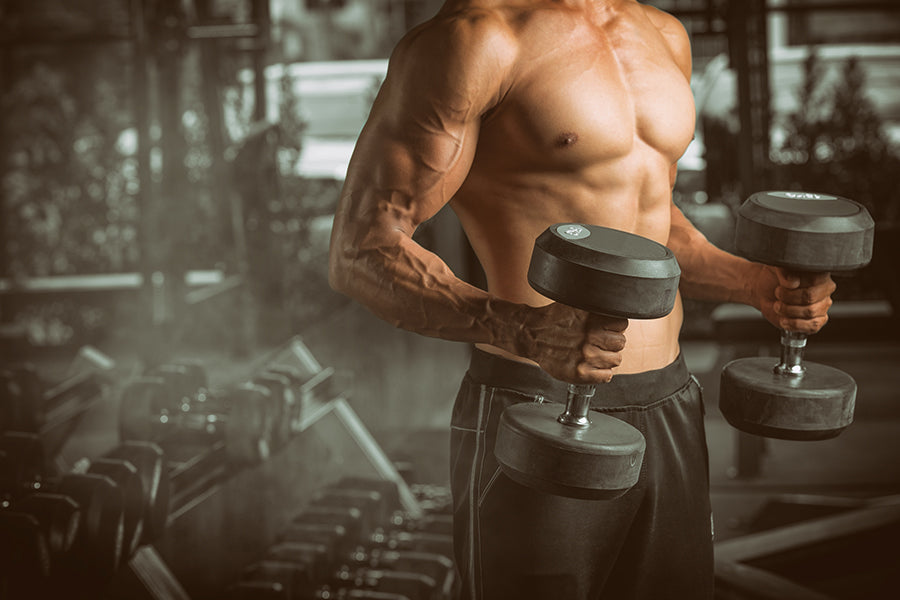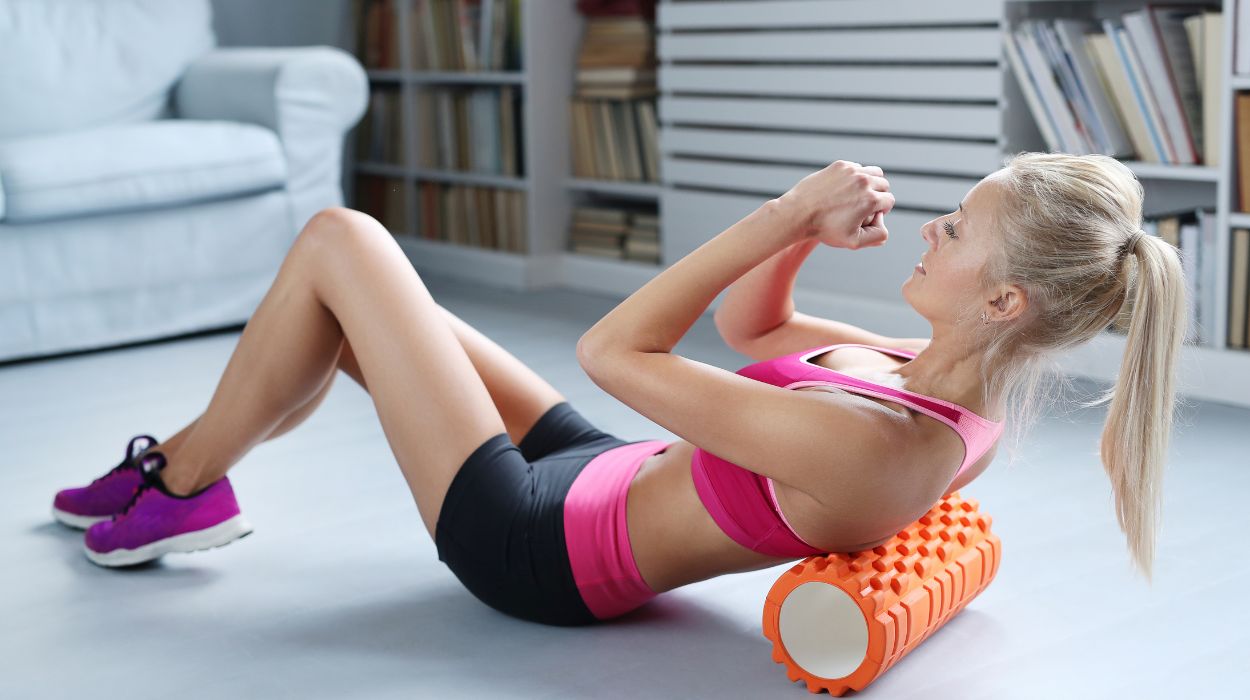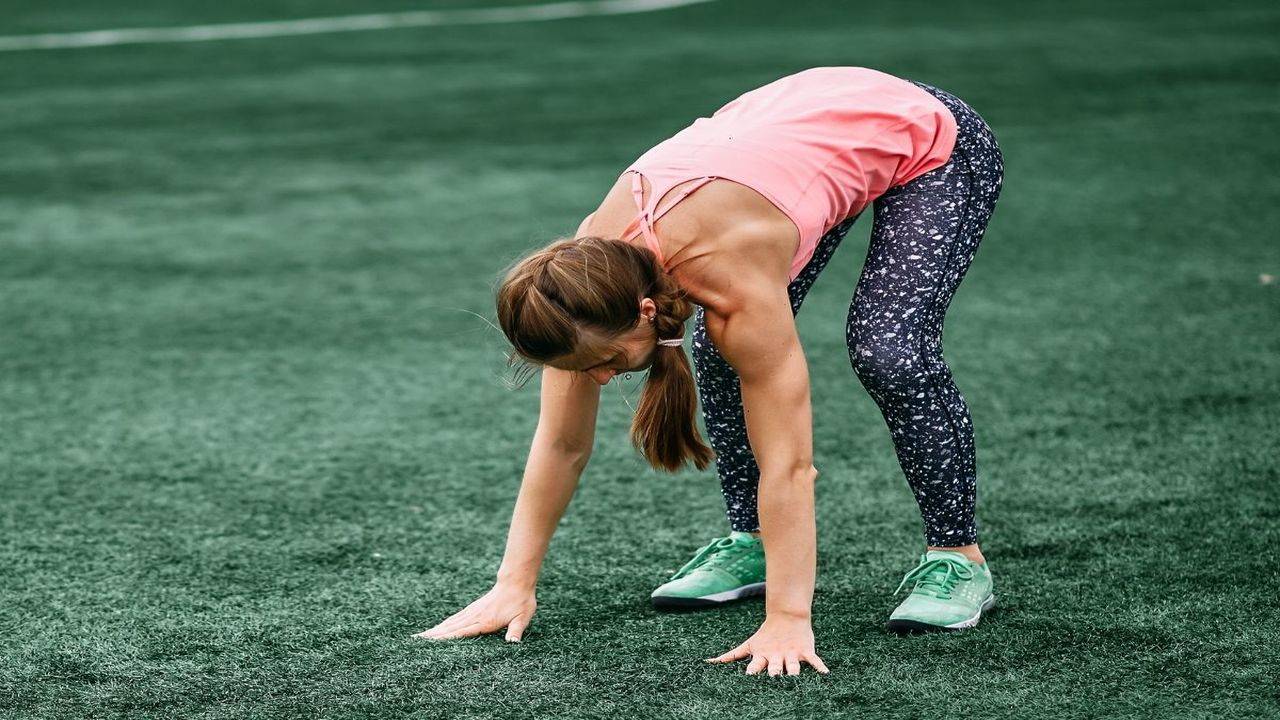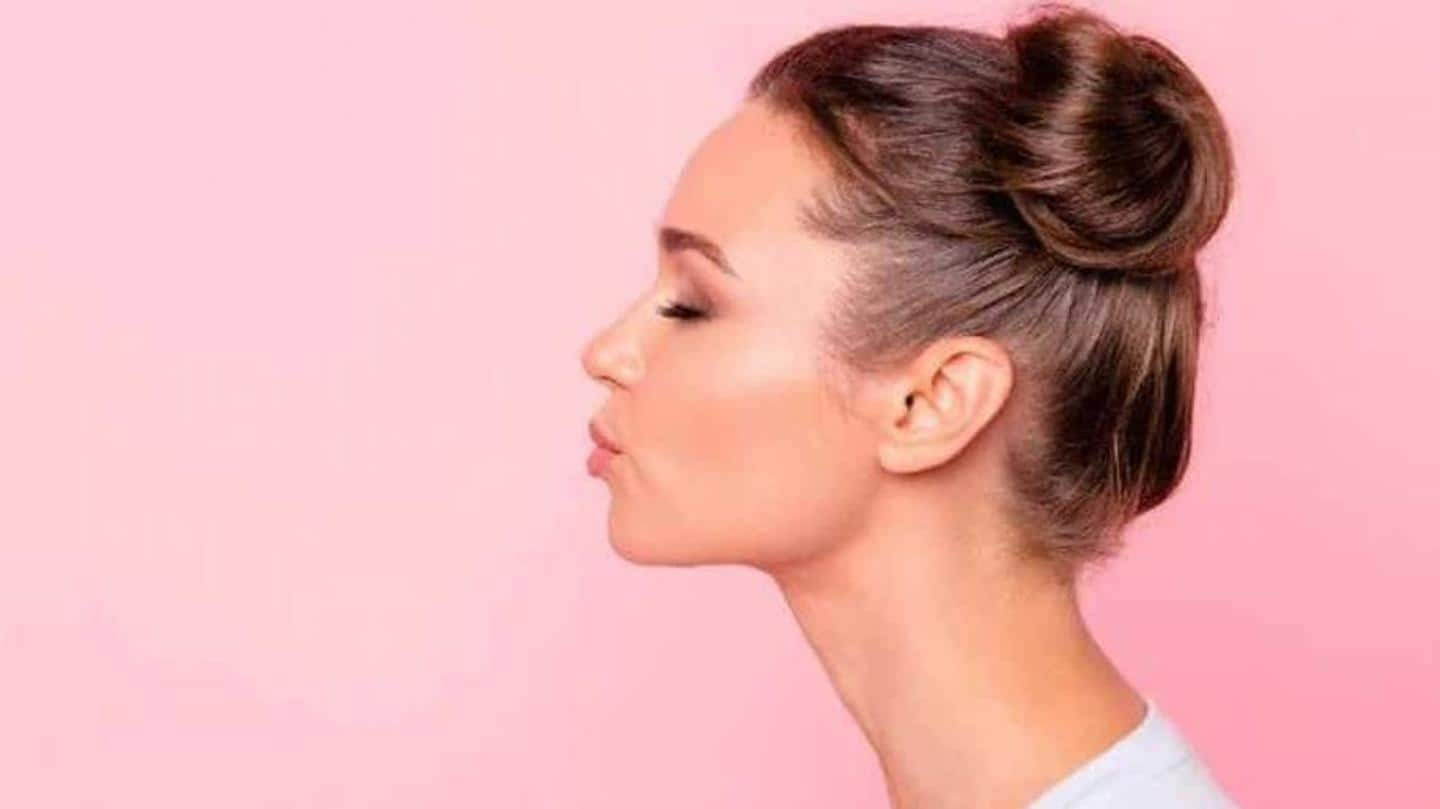Raise your hand if you’ve ever finished a workout, looked at the puddle under your mat, and thought, “Wow, I crushed it — all that sweat must mean I’m burning so much fat!”
I’ve been there too. That sense of pride you get from a sweat-drenched T-shirt makes you feel like you really did something. But here’s the thing — that sweat puddle might not mean exactly what you think it does.
Sweating feels like proof we’re working hard. But does sweating more automatically mean you’re torching more fat? Or does it just mean you need a cold shower and an extra water bottle? Let’s unpack what sweat really is, what it says about your workout, and whether dripping buckets is actually the key to fat loss.
So, What Is Sweat Anyway?
First, quick science refresher: sweat is your body’s natural air conditioning system. When you work out — or just sit outside on a hot day — your body temperature rises. To keep you from overheating, your sweat glands release fluid (mostly water, plus some salts and minerals). As sweat evaporates off your skin, it cools you down.
So, more sweat mostly means… you’re hot. Not necessarily that you’re burning more calories.
Why Do Some People Sweat More Than Others?
Ever notice that your friend barely glistens while you’re soaked by minute five? That’s not just you — it’s a real thing.
Sweat output varies a lot based on:
- Genetics: Some folks are just naturally sweatier.
- Fitness level: Fitter people often sweat sooner because their bodies get better at cooling down efficiently.
- Temperature & humidity: Hot yoga in July? Hello, sweat storm.
- Hydration: Well-hydrated bodies sweat more easily.
- Men vs. women: Men usually sweat more because they tend to have more sweat glands.
So if you sweat buckets while your workout buddy stays dry, it doesn’t automatically mean you worked harder. It might just mean your body’s AC unit is on full blast.
Does Sweating Mean You’re Burning More Calories?
Not really — at least not directly.
The sweat itself isn’t burning fat. It’s just a byproduct of your body cooling itself while you do something else that burns calories — like sprinting, lifting, or doing burpees until you question your life choices.
You can lose weight by sweating, but that’s mostly water weight. You’ll gain that back once you rehydrate. This is why athletes like wrestlers or boxers “sweat cut” to make weight — it’s temporary and not true fat loss.
So, How Do You Actually Burn Fat?
Burning fat comes down to good old calorie balance. If you burn more calories than you eat, your body taps into stored fat for fuel.
So the real fat-burn magic happens when:
- You challenge your body enough to burn calories — cardio, lifting, HIIT, even a brisk walk.
- You consistently stay in a calorie deficit (with healthy nutrition).
- You stick with it long enough for those small daily efforts to add up.
Sweat is a side effect — not the main driver.
Why Do People Think Sweating Helps Lose Weight?
Because it feels like it does. When you sweat a lot, your clothes get wet, your face gets red, and the scale might even drop a pound or two after a sweaty spin class. But that’s mostly water leaving your body. As soon as you rehydrate, that weight comes right back.
Are Sweaty Workouts Still Good for You?
Absolutely! Sweating shows you’re working hard enough to raise your core temp, which usually means your heart rate is up — which is great for cardio fitness and calorie burn.
A sweaty session can be a sign that you’re pushing yourself (if you’re doing something intense). Just don’t assume more sweat always equals better results. Some low-sweat workouts are just as effective.
Can You Burn Fat Without Sweating Much?
Yes! For example:
- Strength training: Lifting heavy might not make you drip sweat, but it’s building muscle that burns more calories over time.
- Yoga or Pilates: These can be low-sweat but powerful for strength, flexibility, and core stability.
- Walking: A brisk walk burns calories, improves health, and may not make you sweat buckets — especially in cool weather.
So, the sweat isn’t the hero — the effort is.
What About Saunas and Sweat Suits?
Ever seen those “sweat suits” that make people look like baked potatoes at the gym? Or heard people rave about a sauna session to “sweat out fat”?
Sorry — those mostly help you shed water weight, not fat. Saunas feel amazing and can help with relaxation and sore muscles, but sitting in dry heat won’t melt fat off your body. You still need good old movement and a smart diet for that.
So, How Should You Measure a Good Workout?
Instead of using your sweat level as your only success meter, look at:
- Heart rate: Did you get your heart pumping?
- Effort: Did you challenge yourself? Could you talk comfortably the whole time, or did you push a little past that?
- Consistency: Did you show up today, even if you didn’t feel like it?
- Progress: Are you stronger, faster, more energetic week by week?
These signs matter so much more than whether you left a puddle behind.
Can You Sweat Too Much?
Good question. Excessive sweating can lead to dehydration and electrolyte loss. That’s why it’s smart to:
- Drink water before, during, and after workouts.
- Replenish electrolytes if you’re sweating buckets (especially in hot weather or long sessions).
- Listen to your body — dizzy, lightheaded, or overly tired? Take a break and hydrate.
A Few Real Talk Tips for Sweaty Workouts
- Wear breathable clothes: Lightweight, moisture-wicking fabrics help big time.
- Bring a towel: Obvious but crucial. No one loves slipping in their own sweat puddle mid-plank.
- Hydrate smart: A good rule is to sip water every 15–20 minutes during a sweaty workout.
- Cool down properly: Bring your body temp back down slowly. A cold shower afterward is your best friend.
Bottom Line: Is More Sweat Better?
Sweating feels satisfying — and it can be a sign you’re working hard — but it doesn’t directly equal more calories or faster fat loss.
A non-sweaty, high-quality workout beats a sweaty half-hearted one every single time. And the real secret to fat loss? Consistent movement, healthy eating, and good sleep — not puddles on the gym floor.
So wear your sweat with pride, but don’t obsess over it. It’s not the sweat that changes your body — it’s the effort you put in long after the sweat dries.
Now You Know!
Next time you leave a workout drenched, give yourself a pat on the back — you did the work. And next time you finish a strength session with barely a glisten? Pat yourself on the back again — you did the work.
Sweat or no sweat — it’s all about showing up. So grab your towel, fill that water bottle, and keep moving. Your body will thank you — puddle or not.










